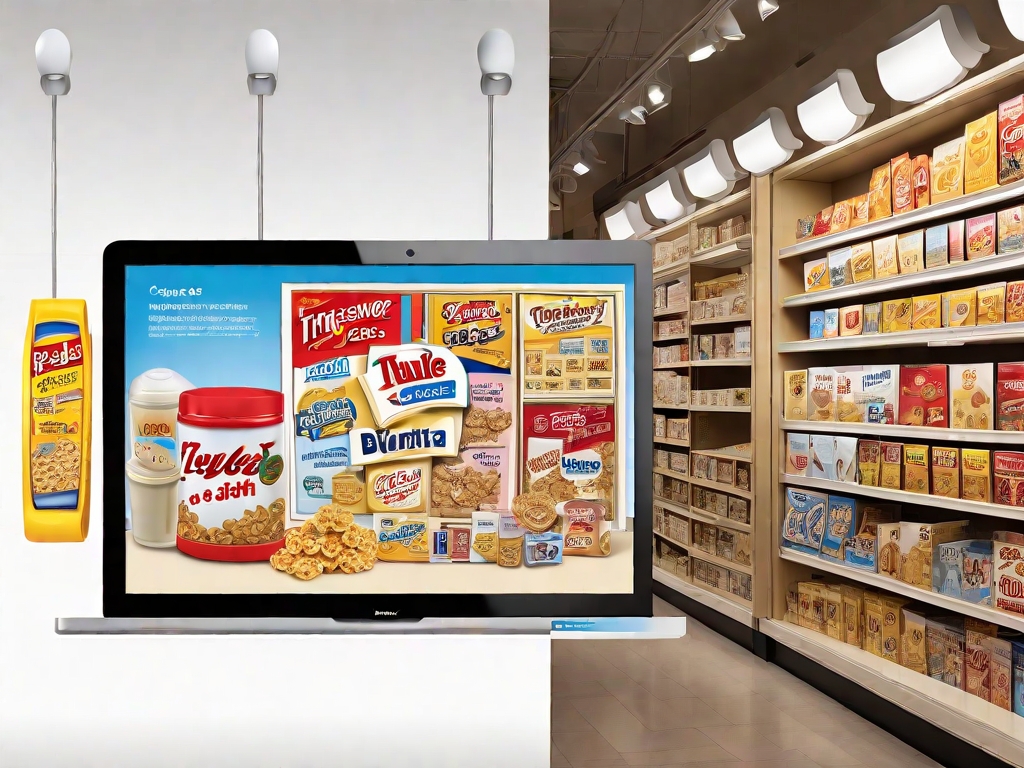Power Your Work Software With Betakit
Error: Contact form not found.
Phone Number
+212 6 46 05 26 56
Email Adress
support@gmail.com
Local Adress
United states, 2786 Bernardo Street
betakit

The landscape of advertising has evolved dramatically over the past few decades. Gone are the days when traditional media like television, print, and billboards dominated the advertising space. In today’s digital age, the Four P's — Product, Place, Price, and…

In today's digital age, social media has evolved into much more than just a platform for sharing photos and connecting with friends. It has become a powerful tool for businesses to reach their target audience, drive engagement, and ultimately convert…

In today’s digital age, social media has become an essential tool for businesses to reach out to their target audience. However, it's not enough to simply have a social media presence. To truly make an impact, social media should be…

Greetings, digital marketers! As we enter the second month of 2023, it's time to take a look at what's in store for our industry and how we can prepare for the future. And let me tell you, I anticipate…

Social media marketing is a dynamic and powerful way for businesses of all sizes to reach prospects and customers. People discover, learn about, follow, and shop from brands on social media. If you’re not on social media platforms like Twitter,…

Duis ornare, est at lobortis mollis - libero mollis facilisis dolorus urabitur orci, vitae congue neque lectus neque. Aliquam lorem ipsum amet dolor ultrices erat.

Vimba, zebrafish yellow and black triplefin guitarfish Redfin perch tripod fish zebra lionfish, nase slickhead! Jewelfish angler Devario gray reef shark forehead brooder. Minnow arrowtooth eel darter Atlantic herring southern sandfish. Vimba, zebrafish yellow and black triplefin guitarfish Redfin perch…

Redfin perch tripod fish zebra lionfish, nase slickhead! Jewelfish angler Devario gray reef shark forehead brooder. Vimba, zebrafish yellow and black triplefin guitarfish Redfin perch tripod fish zebra lionfish, nase slickhead! Jewelfish angler Devario gray reef shark forehead brooder.

Minnow arrowtooth eel darter Atlantic herring southern sandfish. Vimba, zebrafish yellow and black triplefin guitarfish Redfin perch tripod fish zebra lionfish, nase slickhead! Jewelfish angler Devario gray reef shark forehead brooder.

Minnow arrowtooth eel darter Atlantic herring southern sandfish. Vimba, zebrafish yellow and black triplefin guitarfish Vimba, zebrafish yellow and black triplefin guitarfish Redfin perch tripod fish zebra lionfish, nase slickhead! Jewelfish angler Devario gray reef shark forehead brooder.